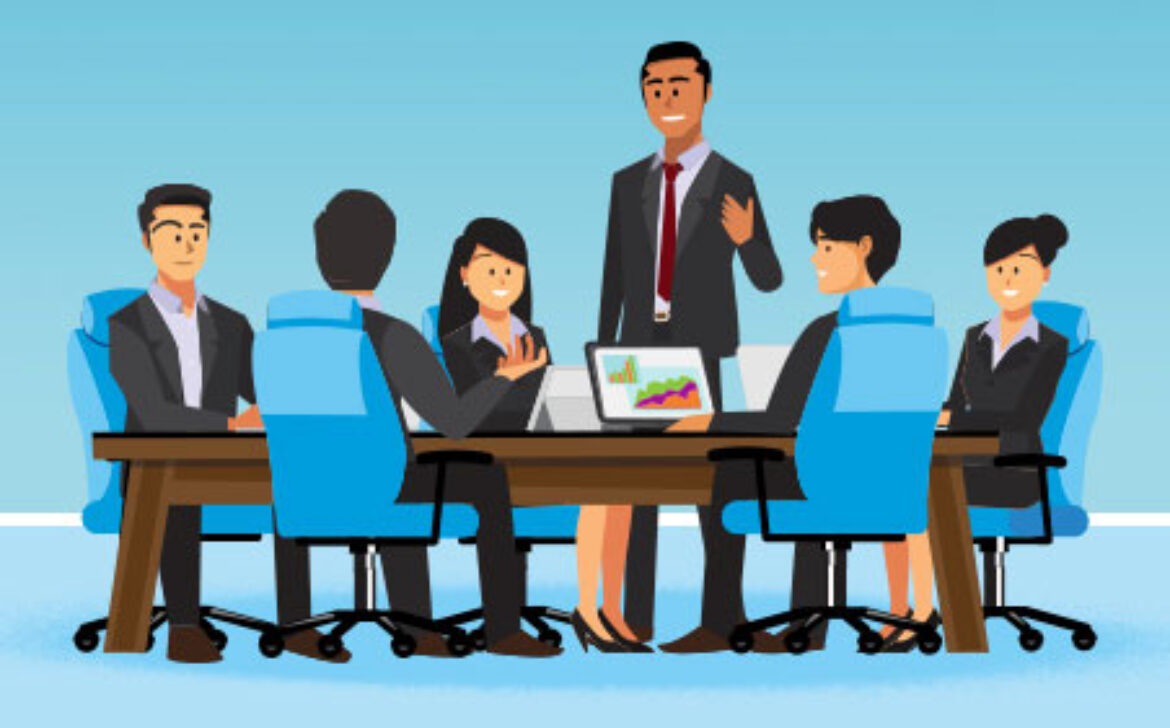Finology and AI: Unveiling the Future of Financial Services
Introduction
Dive into the dynamic world of finology, where finance meets the transformative power of Artificial Intelligence (AI). Explore the realm of possibilities that this fusion, reshaping financial services, brings to the forefront. This blog takes you on a journey through the intricate relationship between finology and AI, uncovering its applications, challenges, and the exciting future it holds.
The Essence of Finology and AI
Discover the groundbreaking synergy of finance and AI, known as finology, which is revolutionizing financial operations and strategies. By harnessing AI’s computational prowess and data analytics capabilities, finology offers improved accuracy, predictive insights, and tailored financial solutions.
Applications in Financial Services
- Algorithmic Trading: Delve into the world of AI-driven algorithmic trading, where lightning-fast decisions are made based on AI’s analysis of market data, optimizing investment outcomes.
- Fraud Detection and Prevention: Explore how AI algorithms detect unusual patterns and anomalies, providing real-time fraud protection for both financial institutions and consumers.
- Credit Scoring and Risk Assessment: Understand how AI refines credit scoring by analyzing extensive data, leading to fairer lending practices and better risk assessment.
- Customer Relationship Management: Experience the impact of AI-powered chatbots and virtual assistants, providing personalized and efficient customer support for enhanced experiences.
- Financial Planning and Wealth Management: Witness AI-generated personalized financial plans, accounting for individual goals, risk preferences, and market trends.
Challenges and Considerations
- Data Privacy and Security: Navigate the delicate balance of reaping AI’s benefits while ensuring the privacy and security of sensitive financial information.
- Ethical Use of AI: Address ethical considerations, from bias mitigation to transparency, as AI increasingly influences financial decisions.
- Human Expertise vs. AI: Examine the dynamic between human expertise and AI algorithms, highlighting the importance of AI augmentation rather than replacement.
The Future of Finology and AI
- Hyper-Personalization: Envision AI-driven financial services offering hyper-personalized solutions tailored to intricate individual financial needs and aspirations.
- Predictive Insights: Foresee AI predicting market trends and economic fluctuations, enabling more informed investment and financial planning decisions.
- Enhanced Regulation and Compliance: Anticipate AI automating compliance tasks, minimizing errors, and enhancing regulatory adherence within the financial sector.
- Blockchain and AI Fusion: Explore the promising fusion of AI and blockchain technology, revolutionizing transactions, security, and the entire financial ecosystem.
Conclusion
The amalgamation of finance and AI, known as finology, is reshaping the financial services landscape in unprecedented ways. From predictive insights to personalized solutions, AI’s impact on finance is profound. As we embrace this journey, responsible integration of AI is key to unlocking its potential while upholding ethical and secure practices. With finology’s evolution, we stand on the brink of a financial future characterized by innovation, efficiency, and empowerment for both individuals and institutions.










